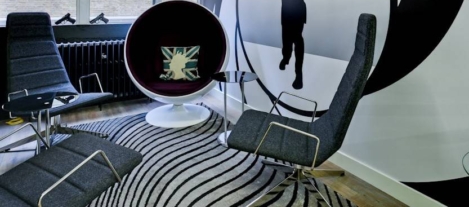January 9, 2016
What we need from work + 2016 workplace + Office design trends 0
 In the first Insight newsletter of the year; Dan Callegari outlines the seven workplace design trends 2016; Mark Eltringham describes what Shakespeare can teach us about technology and Jane Kendall-Bush explains six things all people need from their workplace. Paul Carder explores the current state of the workplace, Paul Goodchild looks at what sets us apart from the machines and Beatriz Arantes argues that neuroscience is the a great source of competitive advantage. In news, further workplace wellness investment predicted for the future; a third of people admit to feeling no workplace engagement and the latest evidence on the negative influence of overzealous emailing. Download the new issue of Work&Place and access an Insight Briefing produced in partnership with Connection, which looks at agile working in the public sector. Visit our new events page, follow us on Twitter and join our LinkedIn Group to discuss these and other stories.
In the first Insight newsletter of the year; Dan Callegari outlines the seven workplace design trends 2016; Mark Eltringham describes what Shakespeare can teach us about technology and Jane Kendall-Bush explains six things all people need from their workplace. Paul Carder explores the current state of the workplace, Paul Goodchild looks at what sets us apart from the machines and Beatriz Arantes argues that neuroscience is the a great source of competitive advantage. In news, further workplace wellness investment predicted for the future; a third of people admit to feeling no workplace engagement and the latest evidence on the negative influence of overzealous emailing. Download the new issue of Work&Place and access an Insight Briefing produced in partnership with Connection, which looks at agile working in the public sector. Visit our new events page, follow us on Twitter and join our LinkedIn Group to discuss these and other stories.







































December 21, 2015
From workplace wellness programmes to a positive workplace culture 0
by Mark Eltringham • Comment, Wellbeing, Workplace, Workplace design
More →